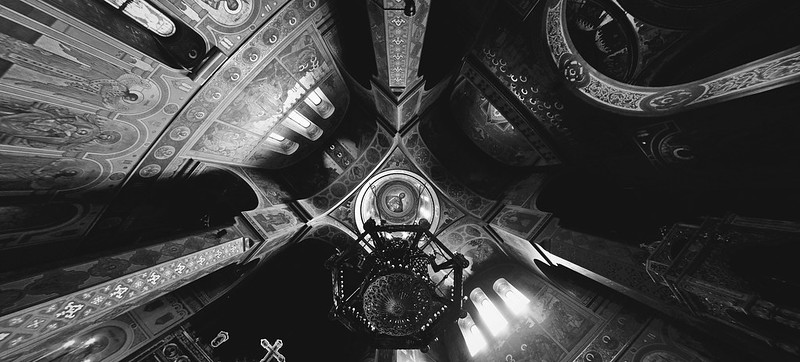If you’ve ever visited an art museum chances are you have seen many paintings that have been restored back to their original state. Art restoration is a key element to preserving magnificent and timeless works of arts. The process of art restoration can be meticulous and painstaking but worth every second of effort.

Image: Flickr
Art restoration takes great responsibility
The first step in ensuring that a painting is properly restored is documenting the piece. Art restorers are required to take down any and all visual evidence of the piece before they can begin to touch it up. Restorers take photographs of the piece as it is and mark down any troublesome areas. Those in charge of the restoration also have to do extensive research of the piece to determine the materials and types of paints used in the work. The most significant piece of background information that you need in order to start a restoration is to try and grasp the overall style and themes of the artist. Capturing an artistic voice and style can be extremely difficult when restoring a piece but it absolutely essential in maintaining the work’s original intent.
Materials used in art restoration
Once the documentation is finished, the actual restoration process can begin. Typically watercolors are used to fill in any holes or faded regions (this was how artists restored Da Vinci’s “The Last Supper”). Restorers often use extremely fine brushes and microscopes to make sure each detail is implemented exactly. Another restoration process is called the Tinted Varnish Treatment, and that technique involves applying varnish to troubled areas of the painting.
When art restoration goes wrong
Ensuring that the integrity and scope of an artistic piece can be a controversial and dicey proposition as there is extremely little room for error. In 2012, a restorer named Cecilia Jimenez, found out how difficult art restoration can be when she attempted to restore a fresco of Jesus but accidentally turned it into a cartoonish looking piece (and became infamous in the process). Jimenez is by far not the only one to make a mistake in art restoration as the National Gallery accidentally turned “The Battle of San Romano,” by Paolo Uccello into a much flatter and more abstract piece.
To ensure that you don’t have to do too much restoration on your painting, make sure to protect it against the elements, especially during shipment. The experts at Navis Pack and Ship know all about art shipping, including what materials can and cannot touch the surface of paintings, and how to ensure complete artistic integrity. Don't risk your next sentimental or priceless work of art with cheap shipping - call the experts for all of your art transportation needs.
 By Steve Goble, VP of Marketing Communications for Navis Pack & Ship. When he's not spilling packing and shipping secrets, he's spending time with his family at a San Diego Padres or Chargers game. Connect with Steve on Google+ and LinkedIn.
By Steve Goble, VP of Marketing Communications for Navis Pack & Ship. When he's not spilling packing and shipping secrets, he's spending time with his family at a San Diego Padres or Chargers game. Connect with Steve on Google+ and LinkedIn.

